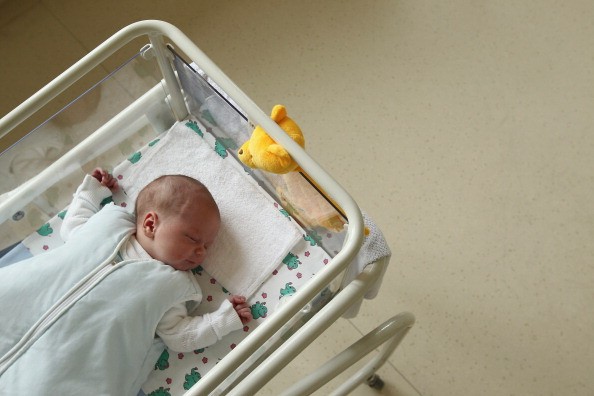
If you're fond of using baby wipes, then you need to read this. According to a recent Australian research, a chemical found in the product can lead to significant allergic reactions.
As can be read in Medical Journal of Australia, the study suggests that most baby wipes contain a chemical known as methylisothiazolinone (MI), where it works as a preservative.
In fact, the rate of allergies has just jumped by around 7% in only two years from no more than 4%. One of the most possible reasons for the huge increase may be attributed to misdiagnosis for many years.
The symptoms associated with MI allergies are very similar to other types of skin conditions. Usually, it's only when the dermatologist performs a thorough medical examination or when none of the previous treatments worked that they are able to diagnose the allergy. Some of the signs of the allergic reaction are redness, rashes, and appearance of blisters especially in areas frequently wiped like the butt and face.
Although allergies associated with baby wipes are reported on children, they are also found in adults who also hold and sometimes use the product on themselves.
MI, which is found in other products such as deodorants and moisturizers, is already a known irritant or allergen. It is now considered as one of the major causes of contact dermatitis, a type of dermatitis that develops when the skin comes into contact with the allergen. Aside from beauty products, the ingredient may also be found in cooling tower water and paint.
According to Environmental Working Group's cosmetics database, MI is a moderate overall hazard. Although it is not a carcinogenic or has a negative effect on reproduction and human development, it is also known for its immunotoxicity. Countries such as Japan and Canada have already restricted the use of the ingredient in products. The Skin and Cancer Foundation has also designed allergy tests to detect a person's sensitivity to MI.



